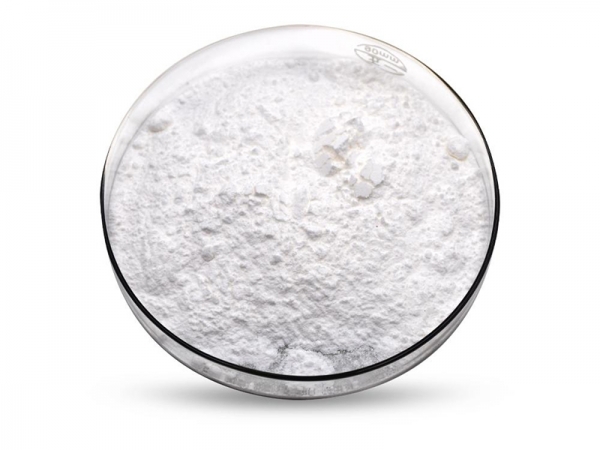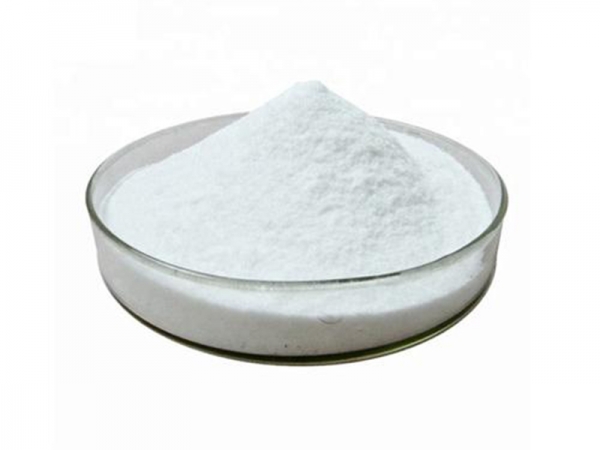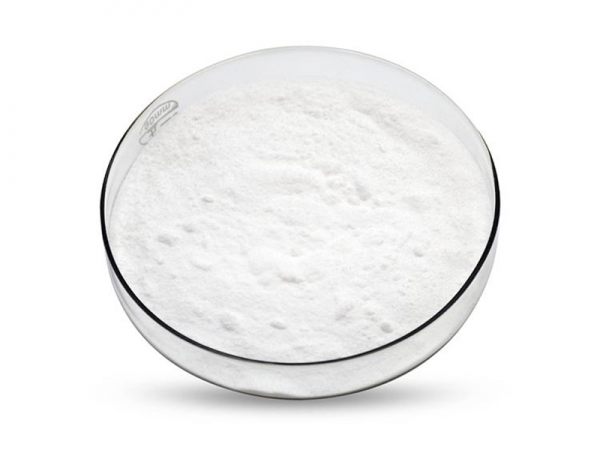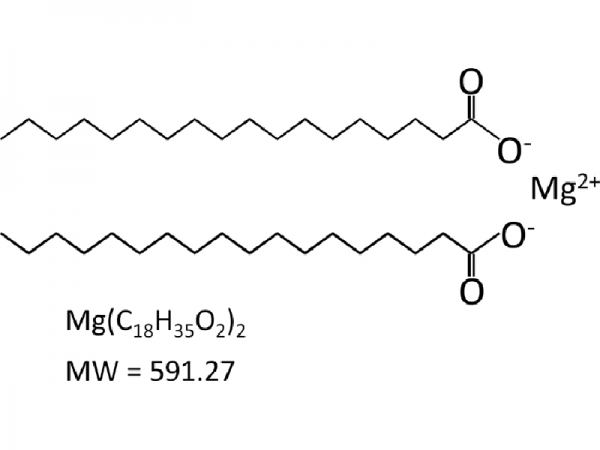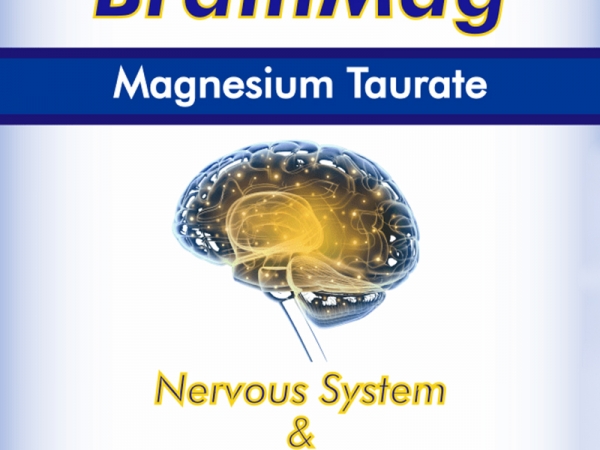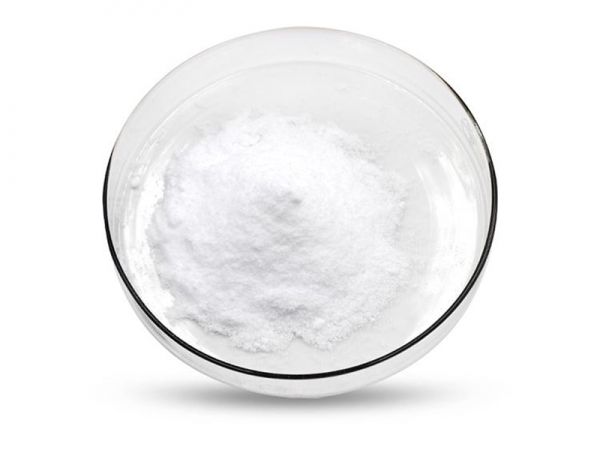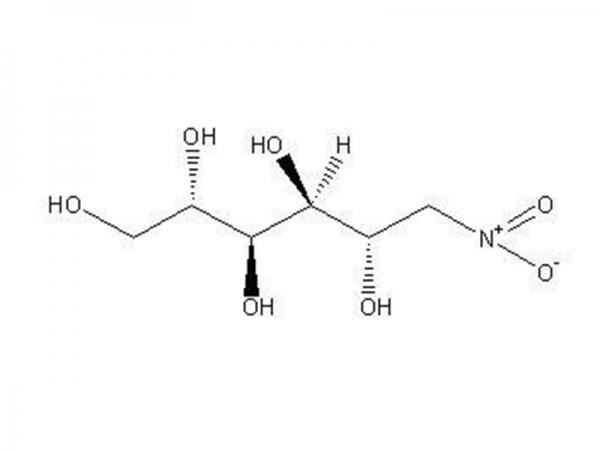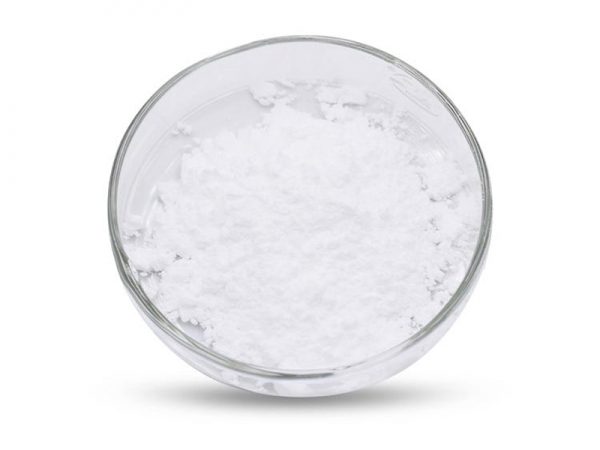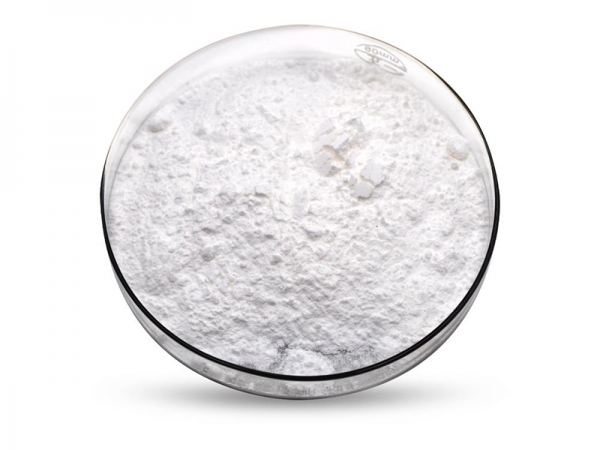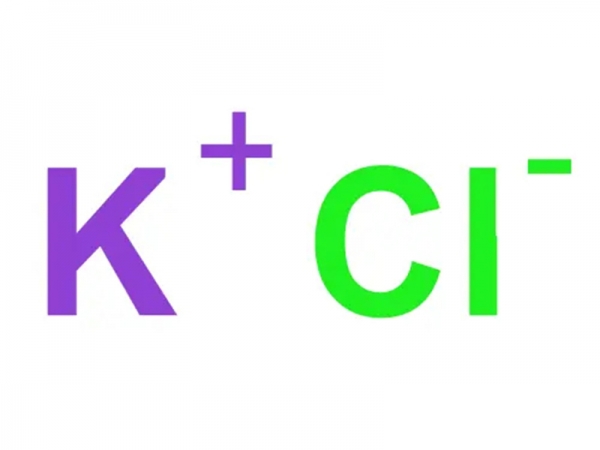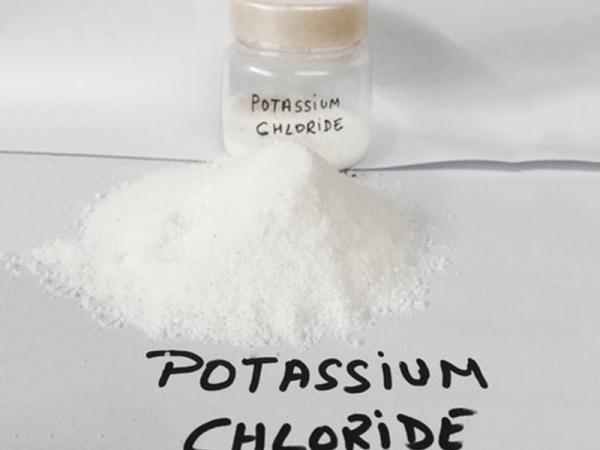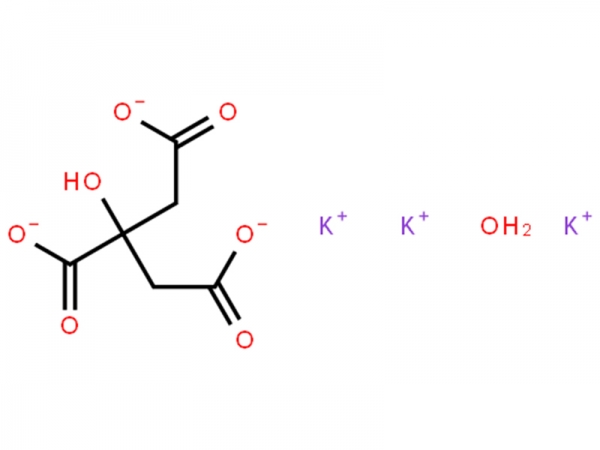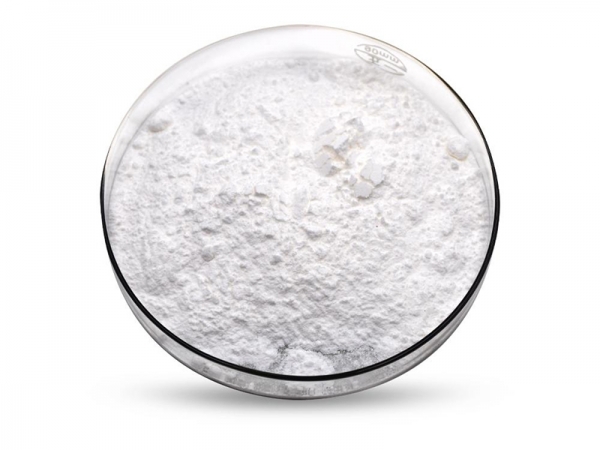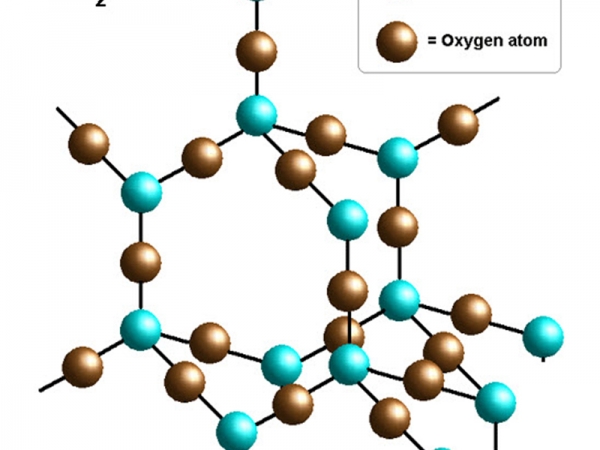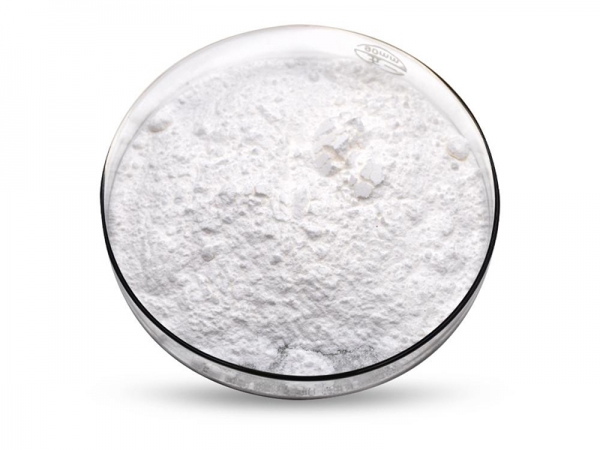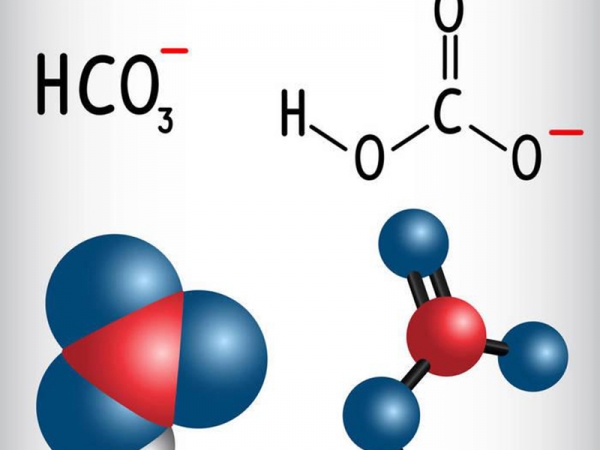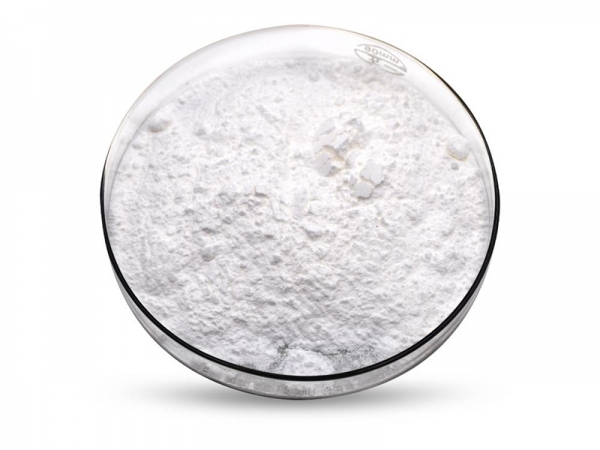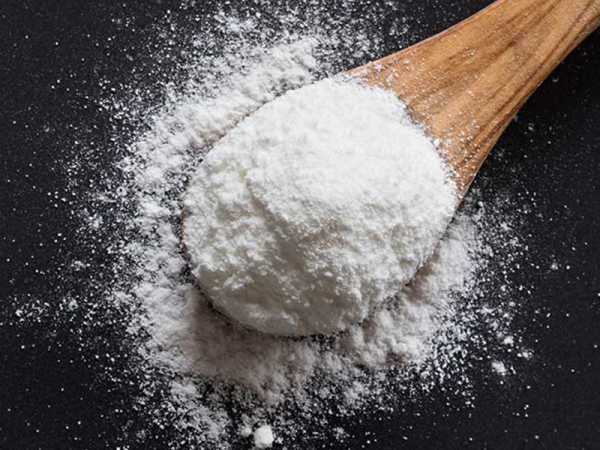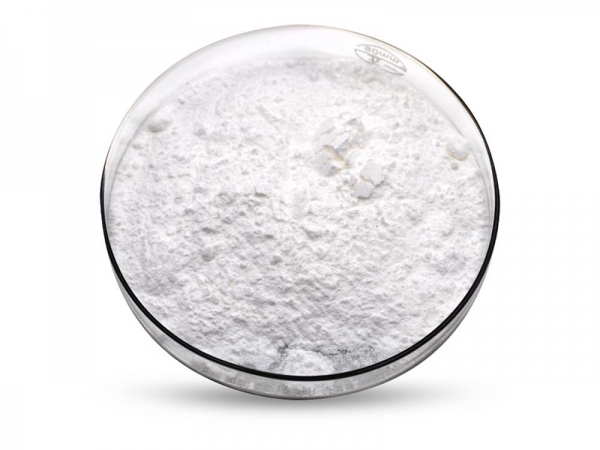-

 Magnesium lactate is a naturally occurring mineral that is needed in the body to support the function of the heart, nervous system, and digestive system. Magnesium lactate is used as a mineral supplement to treat magnesium deficiency. Magnesium lactate may also be used for purposes not listed in this medication guide.
Magnesium lactate is a naturally occurring mineral that is needed in the body to support the function of the heart, nervous system, and digestive system. Magnesium lactate is used as a mineral supplement to treat magnesium deficiency. Magnesium lactate may also be used for purposes not listed in this medication guide. -

 Magnesium malate, the magnesium salt of malic acid, is a mineral supplement often used for nutritional concerns. It is represented by the chemical formula C4H4MgO5 and has a molecular weight of 156.376 g/mol. Magnesium malate is discussed as being a more bioavailable form of magnesium, along with other forms such as citrate and glycin.
Magnesium malate, the magnesium salt of malic acid, is a mineral supplement often used for nutritional concerns. It is represented by the chemical formula C4H4MgO5 and has a molecular weight of 156.376 g/mol. Magnesium malate is discussed as being a more bioavailable form of magnesium, along with other forms such as citrate and glycin. -

 Magnesium stearate is the chemical compound with the formula Mg(C₁₈H₃₅O₂)₂. It is a soap, consisting of salt containing two equivalents of stearate and one magnesium cation. Magnesium stearate is a white, water-insoluble powder. Its applications exploit its softness, insolubility in many solvents, and low toxicity. It is used as a release agent and as a component or lubricant in the production of pharmaceuticals and cosmetics.
Magnesium stearate is the chemical compound with the formula Mg(C₁₈H₃₅O₂)₂. It is a soap, consisting of salt containing two equivalents of stearate and one magnesium cation. Magnesium stearate is a white, water-insoluble powder. Its applications exploit its softness, insolubility in many solvents, and low toxicity. It is used as a release agent and as a component or lubricant in the production of pharmaceuticals and cosmetics. -

 Magnesium taurate, also known as magnesium ditaurate, is the magnesium salt of taurine, and a mineral supplement. It contains 8.9% elemental magnesium by mass. Accordingly, 100 mg of magnesium is contained in 1121 mg of magnesium taurate.
Magnesium taurate, also known as magnesium ditaurate, is the magnesium salt of taurine, and a mineral supplement. It contains 8.9% elemental magnesium by mass. Accordingly, 100 mg of magnesium is contained in 1121 mg of magnesium taurate. -

 Magnesium L-threonate is a nutritional supplement containing the L-threonate form of magnesium (Mg) that can be used to normalize Mg levels in the body.
Magnesium L-threonate is a nutritional supplement containing the L-threonate form of magnesium (Mg) that can be used to normalize Mg levels in the body. -

 Mannitol is a diuretic that is used to reduce swelling and pressure inside the eye or around the brain. Mannitol is also used to help your body produce more urine. mannitol is used in people with kidney failure, to remove excess water and toxins from the body.
Mannitol is a diuretic that is used to reduce swelling and pressure inside the eye or around the brain. Mannitol is also used to help your body produce more urine. mannitol is used in people with kidney failure, to remove excess water and toxins from the body. -

 Microcrystalline cellulose is a term for refined wood pulp and is used as a texturizer, an anti-caking agent, a fat substitute, an emulsifier, an extender, and a bulking agent in food production. The most common form is used in vitamin supplements or tablets. It is also used in plaque assays for counting viruses, as an alternative to carboxymethylcellulose.
Microcrystalline cellulose is a term for refined wood pulp and is used as a texturizer, an anti-caking agent, a fat substitute, an emulsifier, an extender, and a bulking agent in food production. The most common form is used in vitamin supplements or tablets. It is also used in plaque assays for counting viruses, as an alternative to carboxymethylcellulose. -

 Potassium is a mineral that is found in many foods and is needed for several functions of your body, especially the beating of your heart. Potassium chloride is used to prevent or to treat low blood levels of potassium (hypokalemia).
Potassium is a mineral that is found in many foods and is needed for several functions of your body, especially the beating of your heart. Potassium chloride is used to prevent or to treat low blood levels of potassium (hypokalemia). -

 Urocit-K (potassium citrate) Extended-Release is a form of the mineral potassium used to treat a kidney stone condition called renal tubular acidosis. Urocit-K is available in generic form. Common side effects of Urocit-K include.
Urocit-K (potassium citrate) Extended-Release is a form of the mineral potassium used to treat a kidney stone condition called renal tubular acidosis. Urocit-K is available in generic form. Common side effects of Urocit-K include. -

 Silicon dioxide, also known as silica, is an oxide of silicon with the chemical formula SiO₂, most commonly found in nature as quartz and in various living organisms. In many parts of the world, silica is the major constituent of sand. Silica is one of the most complex and most abundant families of materials, existing as a compound of several minerals and as synthetic product.
Silicon dioxide, also known as silica, is an oxide of silicon with the chemical formula SiO₂, most commonly found in nature as quartz and in various living organisms. In many parts of the world, silica is the major constituent of sand. Silica is one of the most complex and most abundant families of materials, existing as a compound of several minerals and as synthetic product. -

 Sodium bicarbonate is a salt that breaks down in fluids, including blood and urine, to form sodium and bicarbonate. This breakdown buffers the blood and makes it less acidic.
Sodium bicarbonate is a salt that breaks down in fluids, including blood and urine, to form sodium and bicarbonate. This breakdown buffers the blood and makes it less acidic. -

 Disodium phosphate, or sodium hydrogen phosphate, or sodium phosphate dibasic, is the inorganic compound with the formula Na₂HPO₄. It is one of several sodium phosphates. The salt is known in anhydrous form as well as forms with 2, 7, 8, and 12 hydrates. All are water-soluble white powders; the anhydrous salt being hygroscopic.
Disodium phosphate, or sodium hydrogen phosphate, or sodium phosphate dibasic, is the inorganic compound with the formula Na₂HPO₄. It is one of several sodium phosphates. The salt is known in anhydrous form as well as forms with 2, 7, 8, and 12 hydrates. All are water-soluble white powders; the anhydrous salt being hygroscopic.
Select your country



